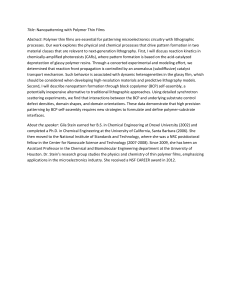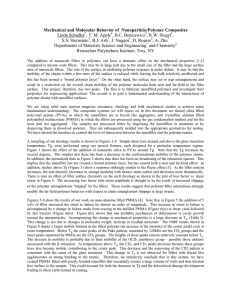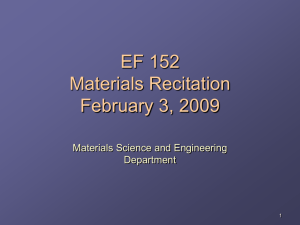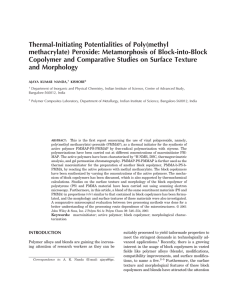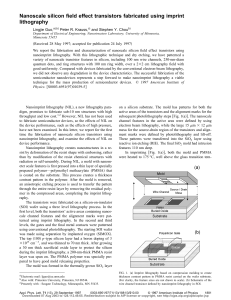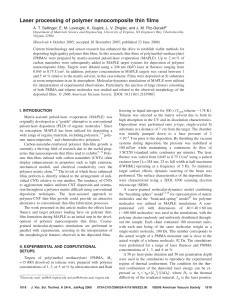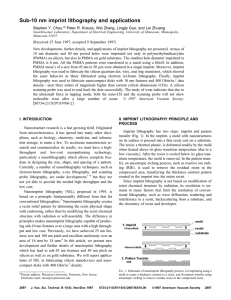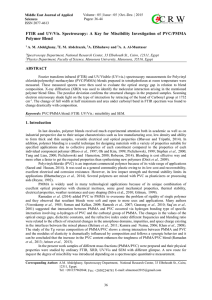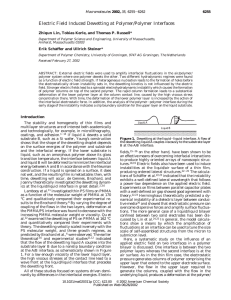6.781 Homework Set for Session #12 (resists)
advertisement
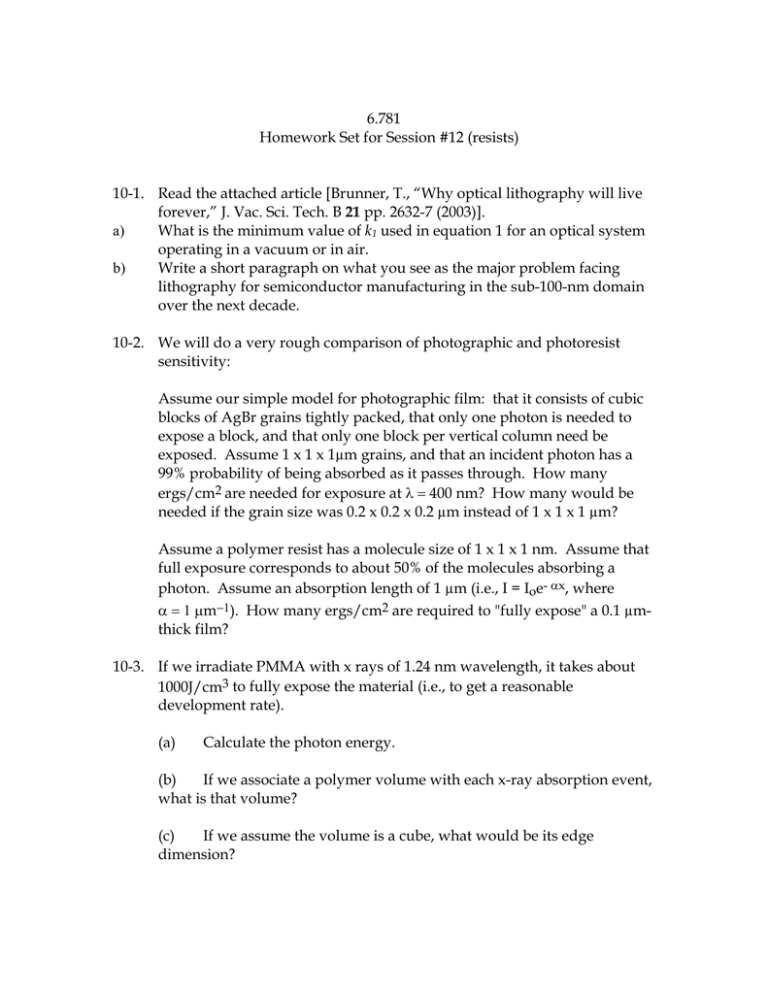
6.781 Homework Set for Session #12 (resists) 10-1. Read the attached article [Brunner, T., “Why optical lithography will live forever,” J. Vac. Sci. Tech. B 21 pp. 2632-7 (2003)]. a) What is the minimum value of k1 used in equation 1 for an optical system operating in a vacuum or in air. b) Write a short paragraph on what you see as the major problem facing lithography for semiconductor manufacturing in the sub-100-nm domain over the next decade. 10-2. We will do a very rough comparison of photographic and photoresist sensitivity: Assume our simple model for photographic film: that it consists of cubic blocks of AgBr grains tightly packed, that only one photon is needed to expose a block, and that only one block per vertical column need be exposed. Assume 1 x 1 x 1µm grains, and that an incident photon has a 99% probability of being absorbed as it passes through. How many ergs/cm2 are needed for exposure at λ = 400 nm? How many would be needed if the grain size was 0.2 x 0.2 x 0.2 µm instead of 1 x 1 x 1 µm? Assume a polymer resist has a molecule size of 1 x 1 x 1 nm. Assume that full exposure corresponds to about 50% of the molecules absorbing a photon. Assume an absorption length of 1 µm (i.e., I = Ioe- αx, where α = 1 μm−1). How many ergs/cm2 are required to "fully expose" a 0.1 µmthick film? 10-3. If we irradiate PMMA with x rays of 1.24 nm wavelength, it takes about 1000J/cm3 to fully expose the material (i.e., to get a reasonable development rate). (a) Calculate the photon energy. (b) If we associate a polymer volume with each x-ray absorption event, what is that volume? (c) If we assume the volume is a cube, what would be its edge dimension? 10-4. Calculate the size of a PMMA polymer molecule of 106 molecular weight for the following assumptions: (a) (b) (c) the polymer is stretched out in a straight line; the polymer is tightly coiled into a sphere; the molecule is tightly coiled in a plane. The density of PMMA is 1.2 g/cm3 and the chemical formula is C5H8O2. Note that in a thin film the PMMA molecules are intertwined. Thus, they occupy a space somewhere between the two extremes (a) and (b) above. References Problem 10-1 Brunner, Timothy A. "Why Optical Lithography Will Live Forever." J. Vac. Sci. Tech. B 21, no. 6 (November/December 2003): 2632-2637.

